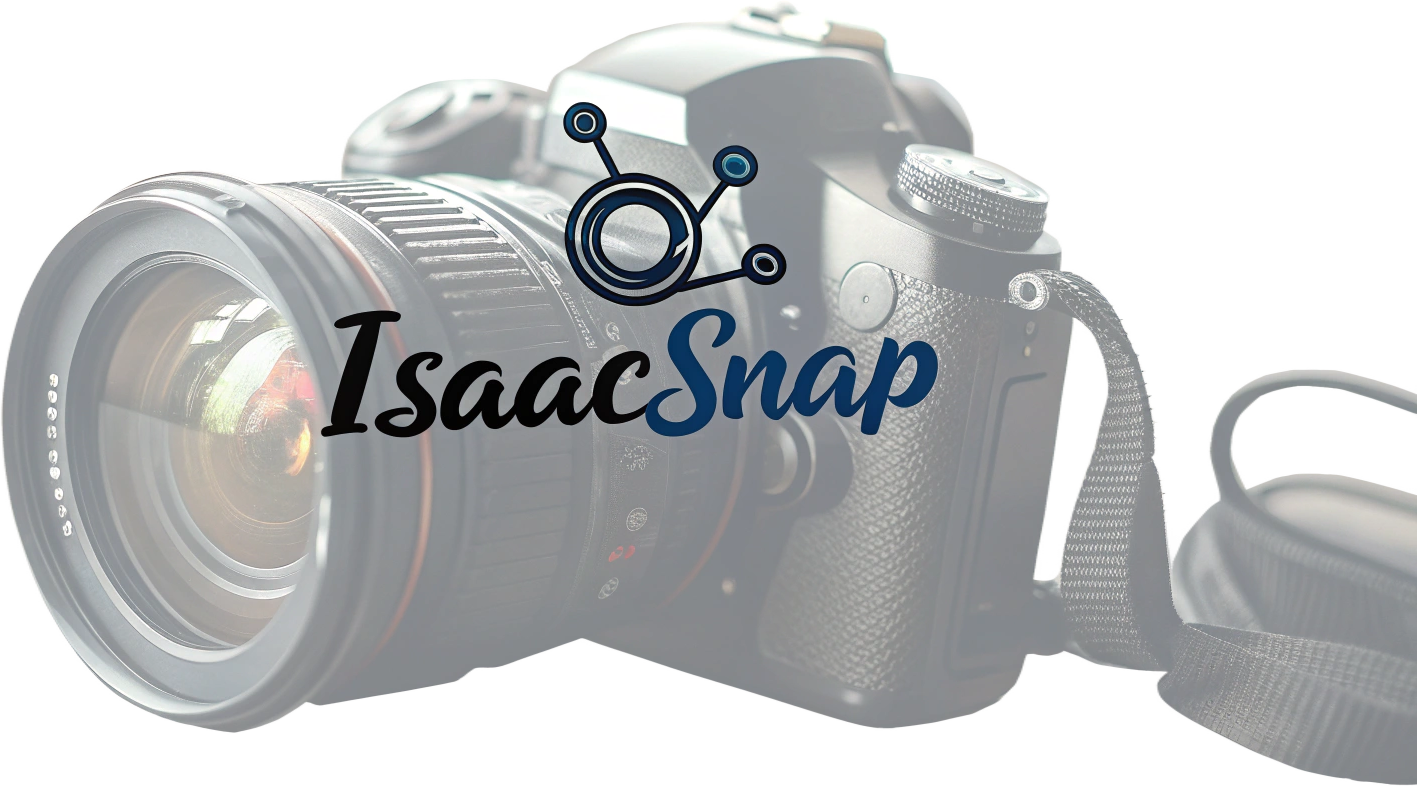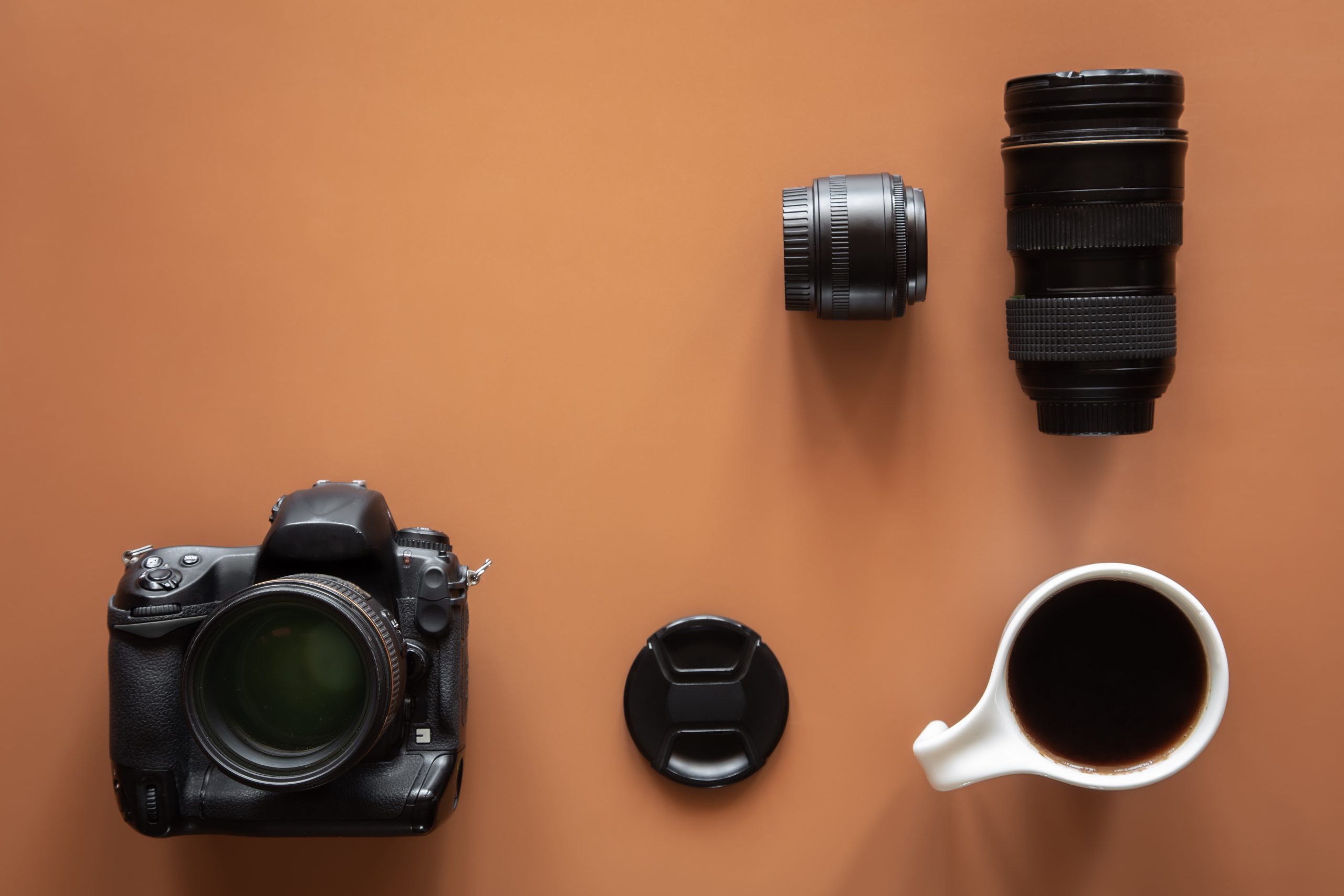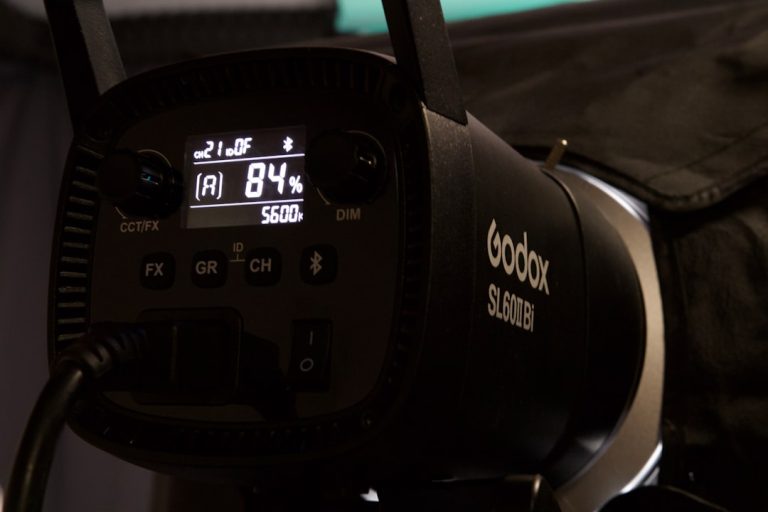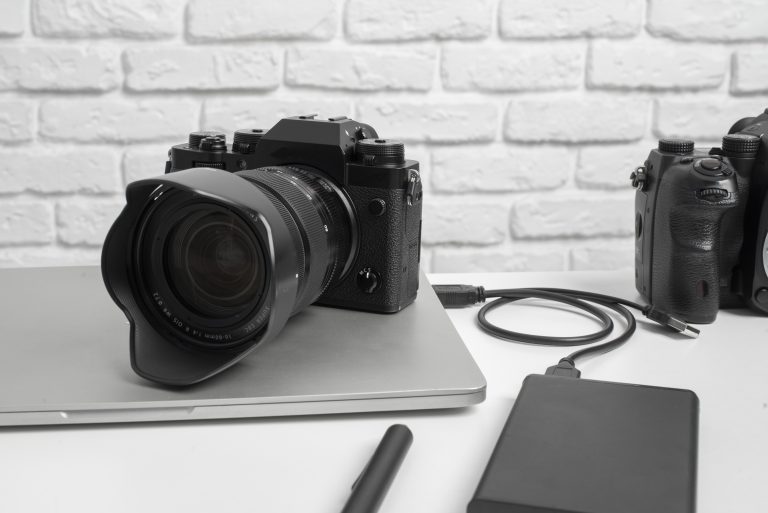The Art of Choosing Your Photography Equipment: Finding the Perfect Match for Your Style
In the vibrant world of photography, equipment is more than just tools; it’s an extension of the artist’s vision. As a photographer, selecting the right gear can feel akin to a love story—full of excitement, anticipation, and sometimes a touch of confusion. This article will explore how to choose your photography equipment wisely, tailored to your unique style and budget.
When starting your photography journey, the first step is to define your style. Are you drawn to the ethereal beauty of landscapes, the raw emotions of portraiture, or the thrilling action of sports photography? Each niche may require different types of equipment, and understanding your preferred genre can significantly influence your buying decisions.
For instance, landscape photographers often benefit from wide-angle lenses, sturdy tripods, and filters to manage light and enhance colors. In contrast, portrait photographers might prioritize fast lenses that can create that beautiful bokeh effect, as well as softboxes and reflectors to manipulate light effectively. On the other hand, if you’re capturing the fast-paced world of sports, a good zoom lens and a camera with fast autofocus capabilities will be essential.
Budget is another crucial factor in the photography equipment selection process. While it’s easy to fall into the trap of wanting the latest and greatest gear, there are plenty of budget-friendly options that can deliver stunning results. Consider starting with a versatile camera body and a couple of key lenses rather than splurging on every accessory imaginable. This approach allows you to gradually build your kit while honing your skills and determining what additional gear will best serve your needs.
Don’t overlook the potential of second-hand equipment. Many photographers sell their gear to upgrade, and you can often find high-quality items at a fraction of the original price. Websites, local photography groups, or social media marketplaces can be great places to hunt for bargains. Just be sure to do your due diligence: check the condition of the equipment and verify the seller’s reputation.
In the realm of luxury vs. affordability, it’s essential to recognize that the most expensive gear doesn’t always equate to better photos. While high-end cameras and lenses boast impressive specifications, a skilled photographer can produce incredible work with entry-level gear. The key is understanding how to maximize the potential of what you have. Learning the fundamentals of composition, lighting, and post-processing can elevate your work significantly, regardless of the gear.
For those with a flair for creativity, DIY photography equipment can be a fun and cost-effective way to experiment. From homemade reflectors made from white poster boards to DIY lightboxes using cardboard and tissue paper, the possibilities are endless. Not only does this approach save money, but it also encourages you to think outside the box and discover unique techniques.
Moreover, eco-friendly alternatives are gaining traction in the photography world. As sustainability becomes a growing concern, many brands are producing equipment made from recycled materials or offering repair services to extend the life of gear. Photographers are also becoming more conscious of their environmental impact, opting for rechargeable batteries, sustainable storage solutions, and even solar-powered chargers. By choosing eco-friendly options, you can reduce your carbon footprint while indulging in your passion.
Lastly, keep an eye on emerging trends in photography equipment. With advancements in technology, new gear is constantly hitting the market, often designed to enhance user experience and functionality. For example, the rise of smartphone photography has prompted brands to create high-quality attachments and lenses that rival traditional cameras. Embrace these trends, but remember to evaluate their relevance to your style and needs.
Ultimately, choosing the right photography equipment is about finding what resonates with you. Whether you’re investing in high-end gear or embracing budget-friendly options, the most crucial aspect is to remain true to your artistic vision. After all, it’s not the equipment that makes a great photograph—it’s the passion and creativity behind the lens that truly brings an image to life. So gear up, get out there, and start capturing the world through your unique perspective!



